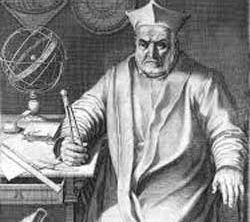
The Gregorian calendar is the most used calendar system in the world today. Often referred to as the Western or Christian calendar, it provides the world with a calendar system of days, weeks, months, and years that has lasted since its founding in 1582. It's a solar calendar (solar meaning based on the earths orbit around the sun) with 365 days in the common year and 366 days in the leap year. The calendar is made up of 12 months, 7 months with 31 days, 4 months with 30 days, and the last month with 28 or 29 days depending if its a leap year. The astronomical basis for the calendar is that it takes 365.2425 days for the earth to travel around the sun referred to as one year and that a roughly once every 4 years - leap year adjustment is made to the calendar by adding on day to the month of February to return the calendar in balance with the earths orbit around the sun.
History
Pope Gregory Xlll is credited with introducing the Gregorian calendar in 1582. The calendar was an adaptation from an earlier calendar system called the Julian calendar introduced by Julius Caesar in 45 BC and was used all the way up to 1582 when the Gregorian calendar took over as the main calendar system. The Gregorian calendar dropped 10 days in October, rules for leap years were changed, and how to determine when Easter is celebrated are just some of the changes made from the old Julian calendar to the new Gregorian calendar system. Since its introduction in 1582, more and more countries have adopted the Gregorian calendar as their calendar system.